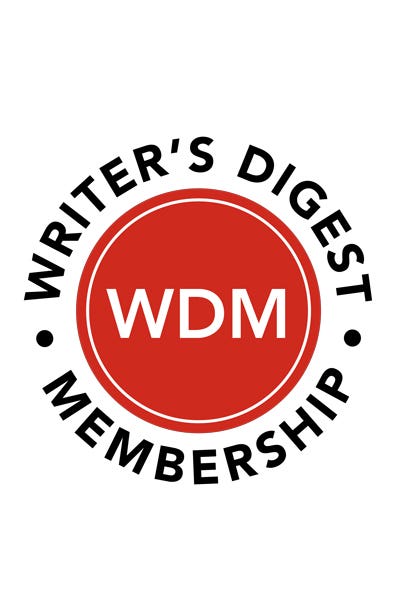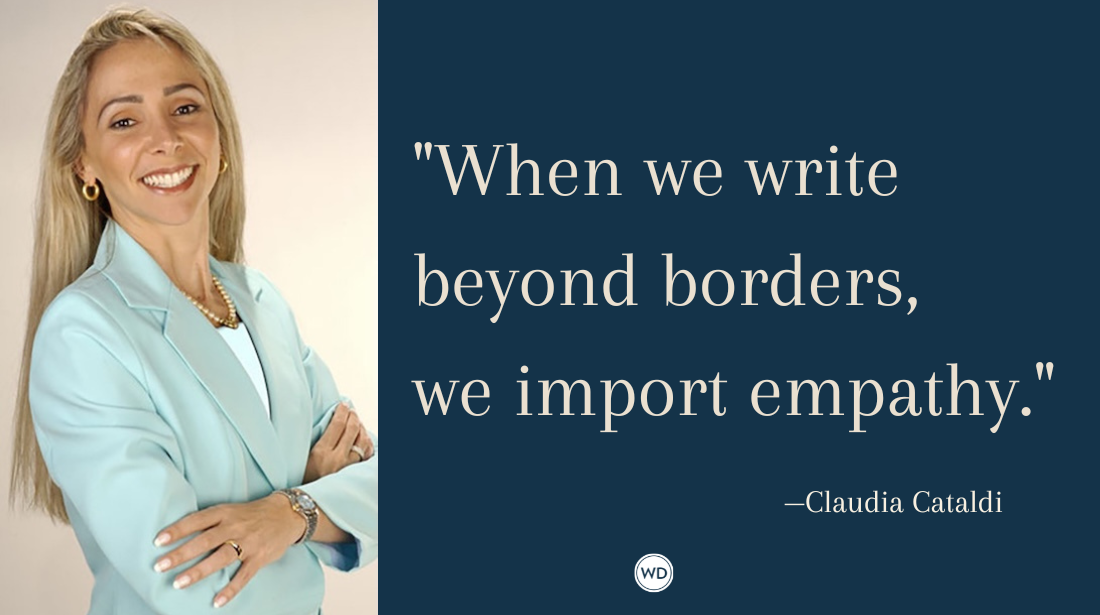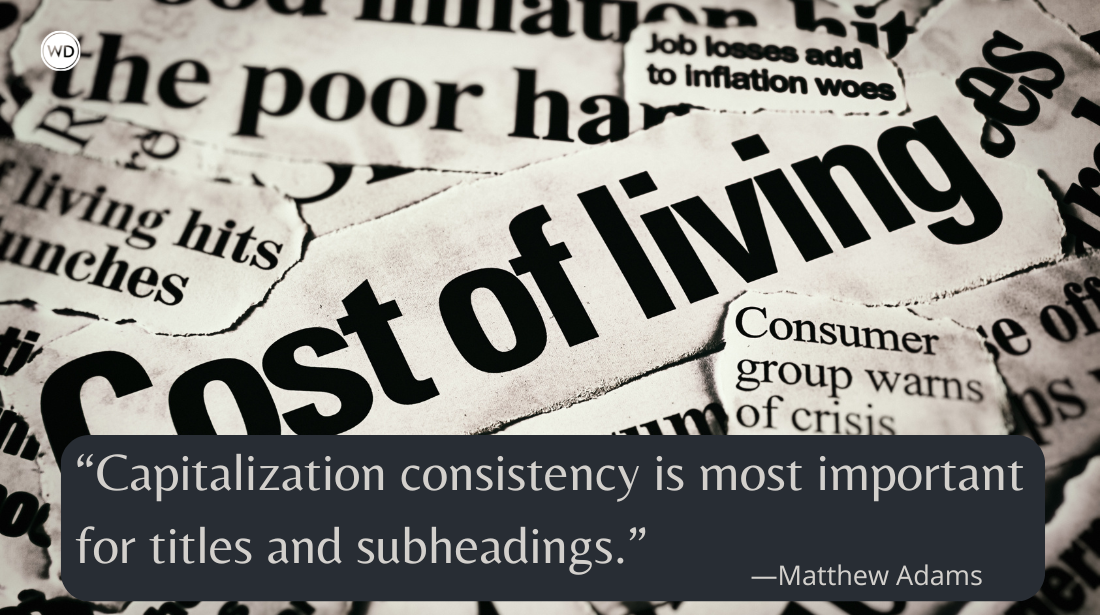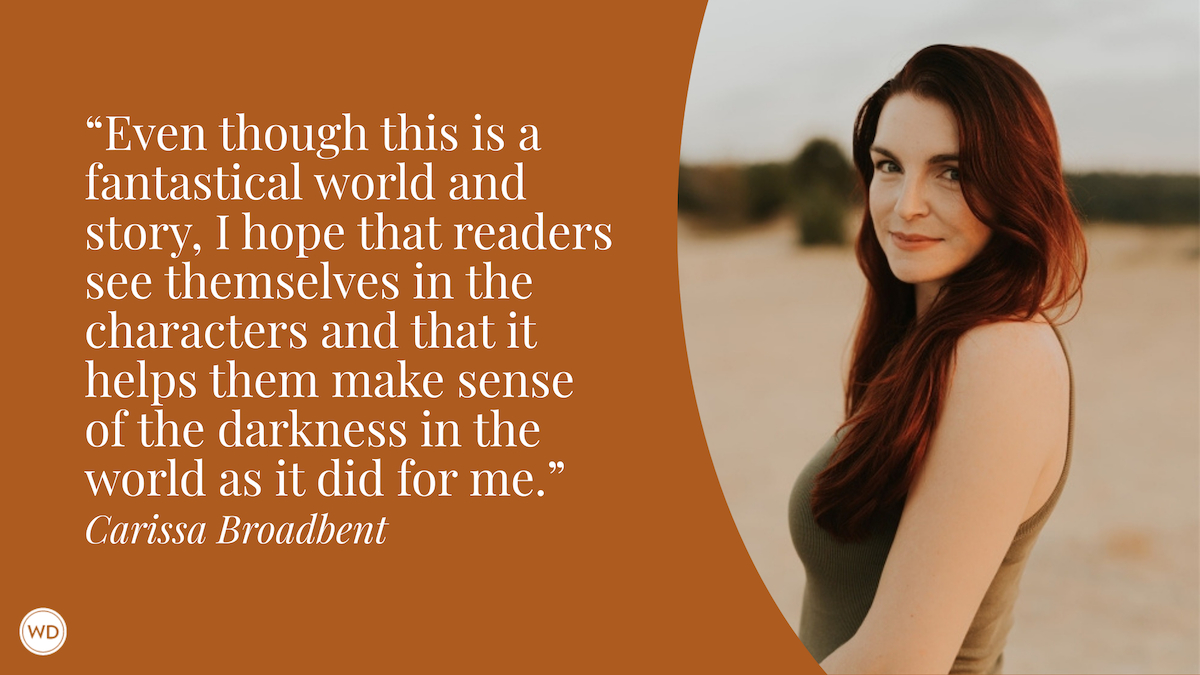Waist vs. Waste (Grammar Rules)
Learn the differences of waist vs. waste on with Grammar Rules from the Writer’s Digest editors, including a few examples of correct usages.
Let's go ahead and look at the homophones of waist and waste. One is an essential human body part; the other is something not quite as valued.
So let's look at the differences between waist and waste.
Waist vs. Waste
Waist is a noun meaning the part of the human body between the ribs and hips. It can also be used to describe the part of something that resembles or corresponds to the human waist.
Waste, on the other hand, can be used as a noun, adjective, and verb. As a noun, waste refers to the unwanted or unusable materials or other things (like land). It can also refer to using something carelessly or to little purpose. As an adjective, waste is used to describe something that's unwanted or unused. As a verb, waste is the action of using something carelessly or to little purpose and/or becoming weaker or losing power or value.
Make sense?
Here are a couple examples:
Correct: Digging a hole with a toothpick is a waste of time.
Incorrect: Digging a hole with a toothpick is a waist of time.
Correct: These shorts fit perfectly around my waist.
Incorrect: These shorts fit perfectly around my waste.
A person can waste a lot of energy worrying about the dimensions of their waist, but there's nothing wrong with managing your waist and your waste. But how do we remember when to use each term? For me, I think of the "i" in "waist" as my waist. Meanwhile, I take the "e" in "waste" and think of something excluded from use or purpose.
*****
No matter what type of writing you do, mastering the fundamentals of grammar and mechanics is an important first step to having a successful writing career.









